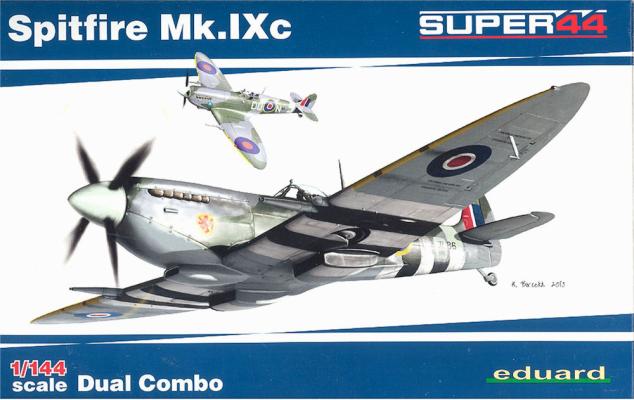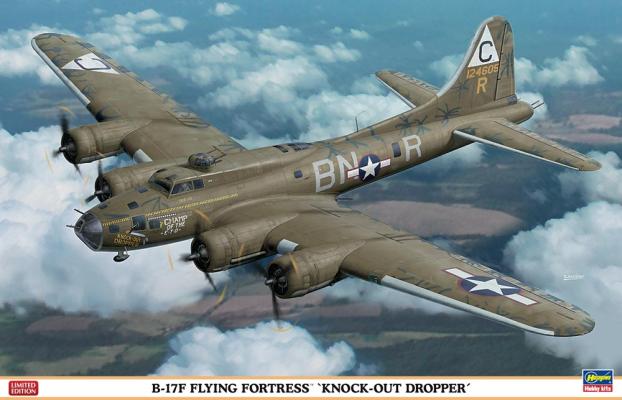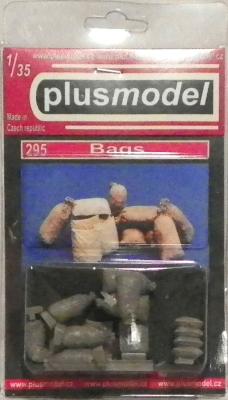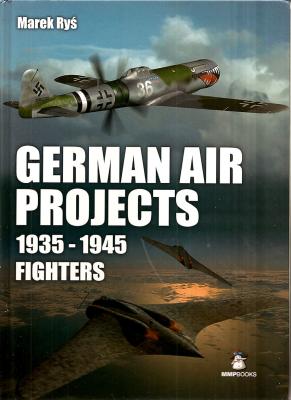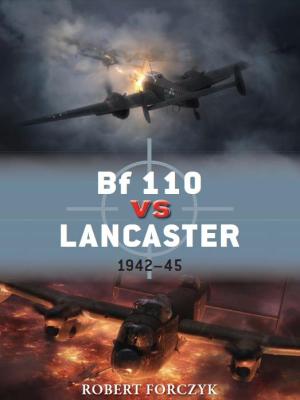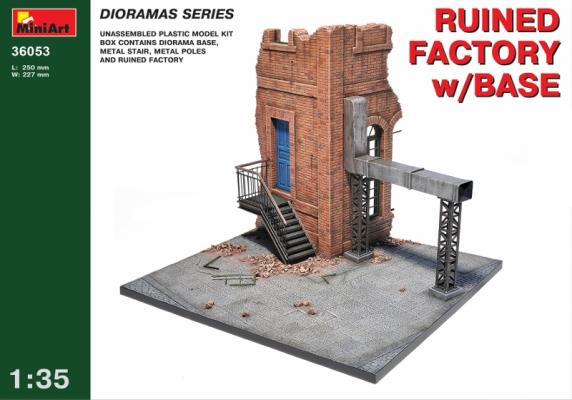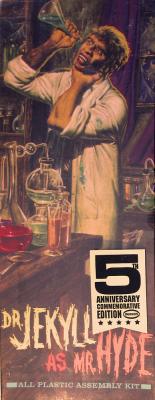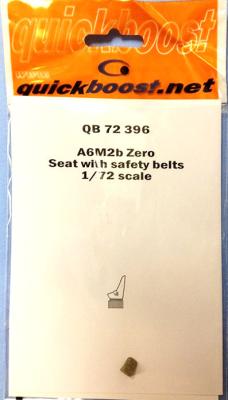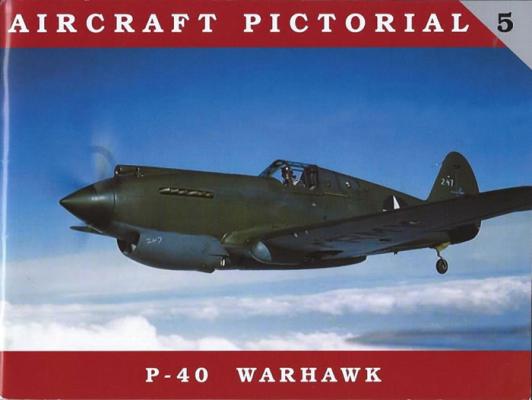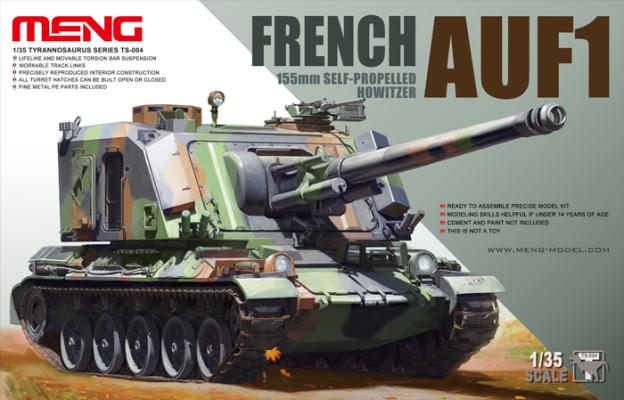The Aircraft
The Mark IX Spitfire was supposed to be an interim between the Mk V and the Mk VII and VIII. With the Fw-190 outclassing the Mk V to the point where the RAF couldn’t operate over France, something had to be done. The fix was to put the newer Merlin 60, 62 or later 66 or 70 engine in a Mk V airframe and call it a MK IX. This fix was so successful that the Mk IX and XVI (a IX with a Packard Merlin engine) were the most numerous of the Spitfire marks. I was also confused by the LF and HF (Low and High Altitude) for the Mk IX. It had to do with the engine installed, not whether it had a long or short wing.

